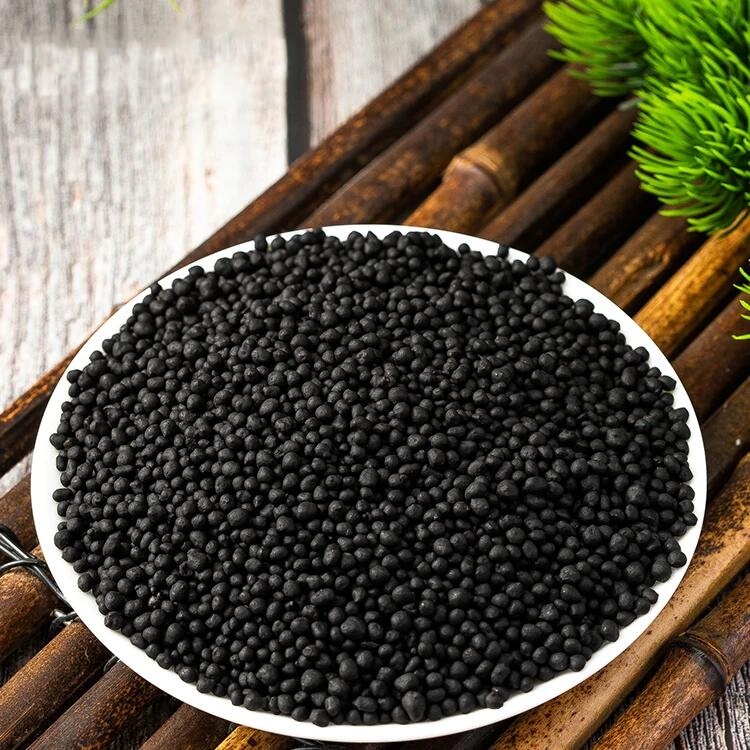Humic acid can be used as a fertilizer synergist in agriculture. It has the following three regulatory effects on the nutrient form in fertilizers:
(1) Humic acid can generate humic acid-urea complex through the interaction of its own carboxyl group and phenolic hydroxyl group with the amide group of urea. This substance has high stability, can inhibit the decomposition of urea, improve nitrogen utilization efficiency, and realize urea long-lasting and slow-acting. At the same time, humic acid can fix ammonium nitrogen in fertilizers through abiotic action, and form chemical substances and combination forms represented by indole, pyrrole, amide-peptide structure, etc.
(2) The hydroxyl functional group contained in humic acid can undergo a complex reaction with monoammonium phosphate through cationic bridging to generate water-soluble humate phosphorus and huminium phosphorus, thus improving the effectiveness of phosphate fertilizer.
(3) Humic acid can adsorb and fix potassium in fertilizers or react with potassium in fertilizers to generate potassium humate in the form of colloidal compounds, which is not easily lost with water and improves the slow-release performance of potash fertilizers.
In summary, humic acid has an obvious regulating and synergistic effect on nitrogen, phosphorus and potassium fertilizers. If you are using nitrogen, phosphorus and potassium fertilizers, you may want to try using humic acid, which will definitely enhance the economic benefits of your planting.



